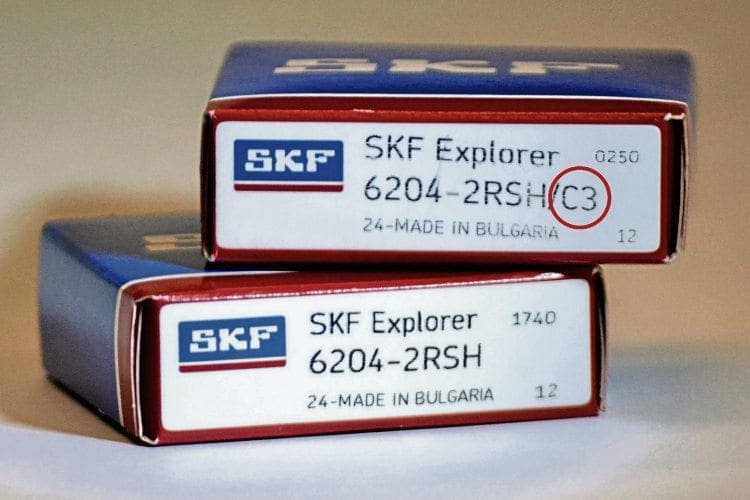When we’re involved in a motorcycle project and research the specifications for use of certain components, do we really understand what their code numbers mean?
Take wheel bearings, for instance. Ronnie McLaren, who established Classic Bikes Scotland in 2015, and has been restoring British bikes since he was 15 years old, tells us that customers often ask about the meaning of the suffix ‘C3’ in some wheel bearing code numbers.

Frequently there’s a perception that this means a higher standard, but that isn’t what it’s about.
“To find out what this really means, we need to look at how bearings are designed, and how they perform under different conditions,” says Ronnie.
Many motorcycles use ‘deep groove ball bearings’ which contain one or more rows of steel balls held between an inner ring and an outer ring. The whole bearing is held tightly in the hub by the outer ring, and the spindle fits through the inner ring.
As the wheel turns, the balls allow the hub to spin while the inner ring is held firmly on the spindle. To ensure they spin smoothly, there needs to be a very small gap between the balls and the two rings. The clearance needs to be big enough to allow the lubricating grease to stay between the moving parts, but not big enough to allow any slack.
Read more in the September issue of OBM – on sale now!





